How to write your Crop Production Proposal
We include this 20 page layout with every Proposal Pack. If you want this template to have a different visual design theme than the one illustrated here, purchase any Proposal Pack design and create this template using the purchased design theme. This template is included in every Proposal Pack. If you get a Proposal Pack or the Professional, you can also make any variation of this template with different chapters to suit your needs.
We typically include more chapters in the templates than most people will need to give everyone more variety in the chapters they may need. You can trim down a long template by removing pages you do not need or combining multiple chapter topics into one page.
 DOWNLOADABLE, ONE-TIME COST, NO SUBSCRIPTION FEES
DOWNLOADABLE, ONE-TIME COST, NO SUBSCRIPTION FEES If you need only this template pre-assembled on DVD media order from our Amazon shop.
If you need only this template pre-assembled on DVD media order from our Amazon shop.
You can also create countless variations of this document to suit your needs using the included library of 2200+ chapters if ordering a Proposal Pack or Professional.
 What Our Clients Say
What Our Clients SayI am the person who originally purchased your kit who knew nothing about proposal writing. It helped me create my first proposal, and now we are making bids."
CloggedSewers.com
Related Article
Related Video
Related Templates
- Agricultural Grant Funding Proposal
- Agriculture and Ranching Grant Funding Proposal
- USDA Federal Government Grant Proposal
- Importing Used Farm Equipment Proposal
- Urban Farming Project Proposal
- Agricultural Product Import Proposal
- Agriculture Operation and Production Proposal
- Organic Farming Product Sales Proposal
- Leasing Property for Farming or Ranching Proposal
- Outsource Supply Production Locally Proposal
- Agriculture Project Proposal Template
Writing Your Crop Production Proposal with Proposal Kit
Creating a crop production proposal can seem complex, especially for those new to proposal writing or the agriculture industry. A proven way to accomplish this task is by utilizing the Proposal Kit template library and Wizard software program. This powerful tool simplifies the process, guiding users through each step of proposal creation. It also includes a comprehensive line item quoting database system for financial documentation such as cost summaries, quotes, estimates, budgets, and other financial topics.
Are you in a situation where you must write a proposal for a crop production project? Whether expanding your existing operation, starting a new agricultural venture, or introducing innovative farming techniques, a well-written proposal is your key to success.
What Types of Projects Are Crop Production Proposals Written For?
Crop production encompasses a wide variety of situations, each with its unique challenges and goals. Here are some examples:
- Organic vegetable farming for local markets.
- High-yield cereal crop production for export.
- Sustainable fruit orchard establishment.
- Implementation of hydroponic farming systems.
- Development of a community-supported agriculture (CSA) program.
- Expansion of a family-owned farm with new crop varieties.
- Research and development of drought-resistant crop strains.
- Introduction of precision agriculture technologies.
- Revitalization of underutilized farmland for biofuel crops.
- Educational programs on sustainable farming practices.
Chapters this template is built with
Proposal Kit's vast array of templates covers every aspect of your proposal needs.
By expanding on these topics using the Proposal Kit, you can create a compelling, detailed, and professional crop production proposal that effectively communicates the value and feasibility of your project.
These templates, just a small selection of the thousands available in Proposal Kit's template library, can be customized to fit the unique aspects of your crop production project.
Cover Letter
Start your proposal with a cover letter that immediately captivates the reader. Highlight the unique aspects of your crop production project, emphasizing its urgency and the specific needs it addresses. This introduction sets the tone for the proposal, demonstrating your commitment to addressing critical agricultural challenges and providing a glimpse into your project's value.
Executive Summary
The executive summary is a concise overview of your proposal, designed to grab the reader's attention and make them want to learn more. It should outline your crop production project's goals, strategies, and potential impact, including economic, environmental, and social benefits. This section is your chance to highlight your project's uniqueness and importance.
Estimate
Provide a clear and detailed financial estimate that covers all aspects of your project, from initial setup costs to ongoing operational expenses. Include potential revenue streams, such as crop sales or agritourism, and any cost-saving measures you plan to implement. Transparency in your estimates builds trust and shows that you have a solid understanding of your project's financial dynamics.
Implementation Plan
Detail the steps required to turn your proposal into reality, from securing land and purchasing equipment to planting the first crops and marketing the produce. Include timelines and milestones to track progress and demonstrate your project's feasibility through a well-thought-out plan considering all logistical aspects.
Harvesting
Discuss your approach to harvesting, including the strategies and technologies you'll employ to ensure efficiency and minimize waste. Whether you're using traditional methods, innovative machinery, or a combination of both, explain how your harvesting plan aligns with your overall project goals and sustainability practices.
Project Background
Share your background in crop production, including any previous successes or relevant experience, to provide context. This section should convey your expertise and commitment to agriculture, building confidence in your ability to effectively manage and execute the proposed project.
Market Demand
Analyze the demand for your proposed crops, citing market research, trends, and potential customers. Explain how your project will meet existing demand or create new market opportunities. Discuss your marketing and sales strategies to ensure your produce reaches the right buyers.
Yield
Estimate your crops' expected yield, considering factors such as soil quality, climate conditions, and farming practices. Discuss how you plan to maximize yield through crop rotation, sustainable practices, or technology and address any potential challenges that could impact production.
Project Management
Describe your approach to project management, including how you will organize tasks, allocate resources, and oversee day-to-day operations. Highlight your team's roles and responsibilities and the systems you'll use to ensure the project stays on track and within budget.
Equipment
List the essential equipment needed for your project, from tractors and plows to irrigation systems and harvesters. If you plan to incorporate new technologies, explain how these will enhance efficiency, reduce costs, or improve sustainability.
Property
Detail the land and facilities required for your project, including size, location, and existing infrastructure. Discuss any land acquisition or development plans and how the property will support your project's goals.
Farming
Discuss your farming practices, emphasizing how they align with or exceed industry standards and innovations. Whether you're focusing on organic farming, precision agriculture, or conservation practices, explain how your approach will contribute to your project's success and sustainability.
Job Creation
Highlight how your project will create jobs, from farmworkers and technicians to sales and administrative roles. Discuss the impact of job creation on the local community and any training or development programs you'll offer employees.
Budget
Present a comprehensive budget that includes detailed projections for all expenses and revenues associated with your project. Ensure clarity and accuracy, which will be critical in securing funding or support.
About Us
Introduce your organization or business, highlighting your qualifications, vision, and experience in agriculture. This section should build credibility and establish you as a knowledgeable and committed leader in the field.
Workforce
Detail your workforce needs, including the number of employees, required skill sets, and recruitment and retention plans. Discuss how your team's expertise and dedication will contribute to the project's success.
Sustainability
Explain how your project will be sustainable, addressing environmental considerations such as water use, soil health, and carbon footprint and economic sustainability through profitability and risk management. Demonstrating a commitment to sustainability shows foresight and responsibility, appealing to stakeholders and consumers alike.
Use cases for this template
Jordan's Organic Endeavor
Jordan's journey began with a vision to transform Green Fields Organics into a regional leader in organic farming. His farm, already known for its commitment to sustainable practices, was at a pivotal point where expansion could significantly increase its impact on the local food system. However, scaling operations, introducing new crop varieties, and expanding market reach would require substantial financial hurdles.
Armed with the Proposal Kit, Jordan meticulously wrote a proposal beyond mere numbers. He shared his vision for a sustainable future, underscored by personal stories of the farm's impact on local communities and the environment. The proposal detailed his farm's journey from a modest start to becoming a beloved source of organic produce, highlighting testimonials from satisfied customers and local businesses.
The financial section of the proposal was particularly compelling. It offered precise costs and potential revenue projections and a detailed breakdown of how the funding would be utilized to maximize the farm's output and efficiency. Jordan's strategic use of Proposal Kit's templates allowed him to present an inspiring narrative grounded in solid financial planning. The result was the successful acquisition of funding and increased support from the community and local businesses eager to be part of Green Fields Organics' growth story.
Casey's Crucial Deadline
Casey faced a task at AgriTech Innovations. The company, known for its pioneering work in agricultural technology, needed a proposal within a week that could encapsulate its innovative approach to crop production. The pressure was immense, and significant business opportunities were at stake.
Turning to the Proposal Kit for the structure and an AI writing tool for nuanced content creation, Casey embarked on a marathon of proposal writing. She wove together the technical aspects of AgriTech's solutions with compelling narratives about the technologies' potential to revolutionize farming practices. The proposal highlighted innovative projects, like drone-based crop monitoring and AI-driven precision farming, that had already shown promise in pilot studies.
Casey's strategic approach paid off. Her polished and persuasive proposal showcased AgriTech Innovations' commitment to pushing the boundaries of what's possible in agriculture. It also laid out a clear vision for how these technologies could be scaled and applied to meet the pressing needs of modern farmers. Meeting her deadline with time to spare, Casey's work impressed her superiors and positioned AgriTech as a forward-thinking leader in agricultural solutions.
Alex's Global Mission
The World Farming Foundation's mission was to address global food security challenges. Alex, who was tasked with drafting an RFP for a project to improve crop production in developing countries, saw this as an opportunity to catalyze change on a global scale. The project aimed to introduce sustainable farming practices and technologies to increase yield, combat food scarcity, and empower local communities.
Alex created an RFP using the Proposal Kit that clearly outlined the project's goals, including sustainability, innovation, and scalability. He emphasized the need for proposals that offer practical, impact-driven solutions to the unique challenges faced by farmers in developing countries. The document laid out the foundation's selection criteria, focusing on proposals that demonstrate a deep understanding of local contexts and offer clear, measurable outcomes.
The detailed RFP attracted a wide array of proposals from agricultural firms worldwide. Each brought its perspective on solving food security issues, from advanced irrigation systems to community-based educational programs. Alex's use of the Proposal Kit ensured that the RFP was a call to action and a framework for meaningful collaboration. The resulting project, built on the most promising of these proposals, marked a significant step forward in the World Farming Foundation's global mission, demonstrating the power of well-written documents in mobilizing international efforts for change.
Conclusions and Recommendations
Proposal Kit is an invaluable tool, whether you're expanding an organic farm, introducing new agricultural technologies, or launching a global initiative to improve crop production. The Proposal Kit has proven to be a critical asset. It simplifies the proposal writing process, ensuring your crop production proposal is professional, persuasive, and comprehensive.
A successful proposal can lead to project approval, funding, and, ultimately, the successful realization of your crop production goals. Use Proposal Kit to make your proposal writing task more manageable and help your agricultural project proposal flourish.
Also Known As
This template may also be referred to in different ways or be used in more specialized situations, such as:
- Agricultural Cultivation Plan
- Farming Expansion Strategy
- Crop Growth Initiative
- Agricultural Development Proposal
- Farm Production Enhancement Plan
- Crop Cultivation Strategy
- Agriculture Yield Improvement Proposal
- Farming Yield Plan
- Crop Management and Production Proposal
- Agricultural Output Expansion Plan
Abstract
 Creating a successful proposal for a crop production project can be a challenging yet rewarding endeavor. A well-written agriculture project proposal not only outlines the specific farming operations, such as organic farming techniques or high-yield cereal crop production but also highlights the importance of sustainable agriculture practices. This proposal aims to address critical issues like maintaining environmental balance and enhancing agricultural productivity.
Creating a successful proposal for a crop production project can be a challenging yet rewarding endeavor. A well-written agriculture project proposal not only outlines the specific farming operations, such as organic farming techniques or high-yield cereal crop production but also highlights the importance of sustainable agriculture practices. This proposal aims to address critical issues like maintaining environmental balance and enhancing agricultural productivity.
Using Proposal Kit can streamline this process by providing a comprehensive template library and financial documentation system, which helps in presenting a clear funding request for sustainable livelihood projects. A detailed proposal captures the goals of sustainable development while ensuring the employment of sustainable farming techniques and community-based waste management to enhance local environments and economic growth.
The agriculture proposal serves as a vital bridge in linking grassroots efforts with economic development opportunities. It typically encompasses various components, from planting and soil management to the implementation of clean energy solutions like solar-powered water pumps. By focusing on improving soil health and implementing innovative devices, the proposal addresses pressing global issues such as soil erosion and climate change. Additionally, the project description may include vocational skill development centers and women's entrepreneurship training programs, which aim to empower women and unemployed youth, thereby fostering community well-being and economic growth.
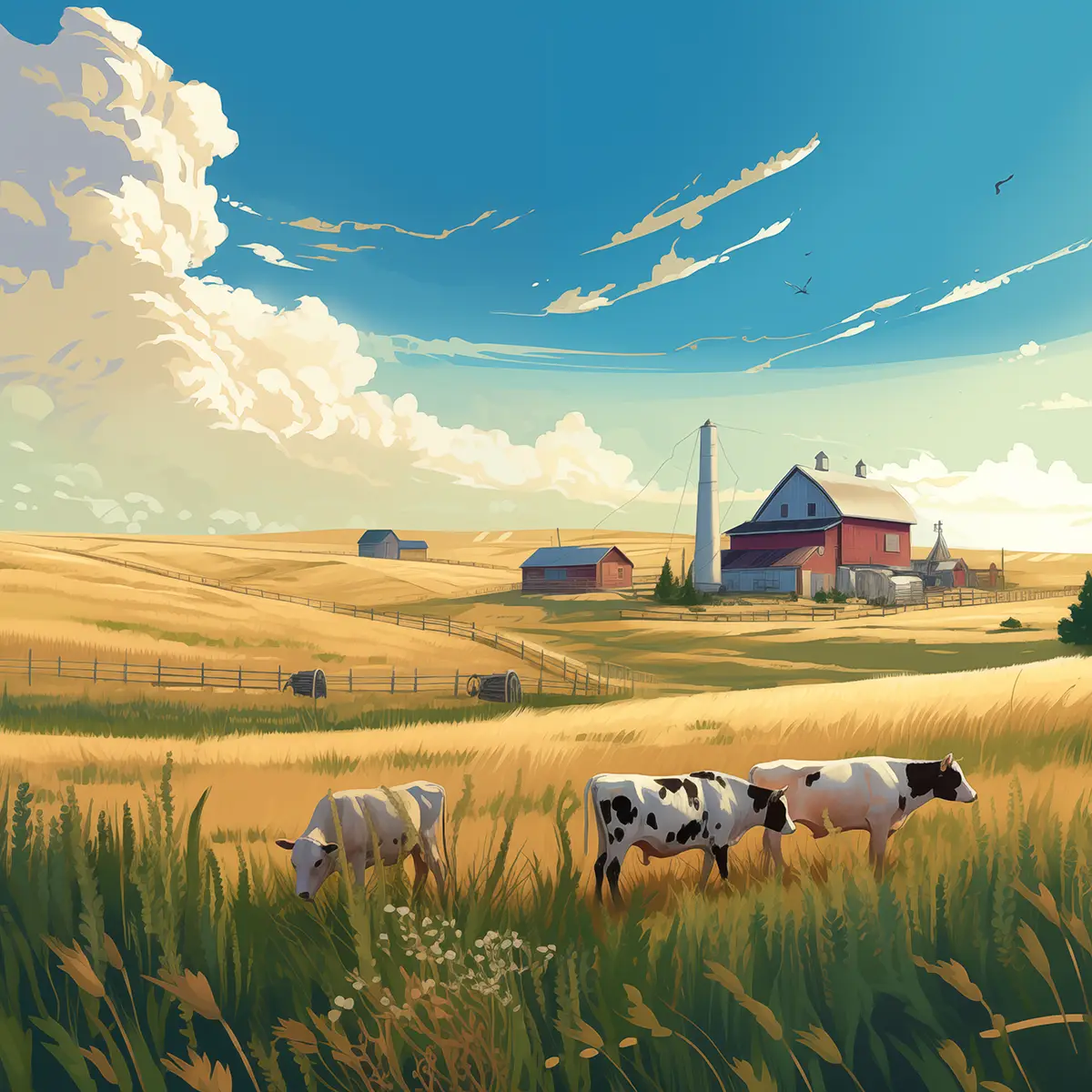 The proposal's primary objectives include increasing crop yields and enhancing food security, which directly benefits refugee families and marginalized groups in rural areas. By engaging with local communities and offering microfinance support, the agriculture project can transcend cultural and social boundaries, creating sustainable solutions for urban, economically depressed areas and coastal communities alike. Furthermore, by integrating rainwater harvesting systems and organic methods, the proposal underscores its commitment to environmental stewardship and the protection of vital ecosystems.
The proposal's primary objectives include increasing crop yields and enhancing food security, which directly benefits refugee families and marginalized groups in rural areas. By engaging with local communities and offering microfinance support, the agriculture project can transcend cultural and social boundaries, creating sustainable solutions for urban, economically depressed areas and coastal communities alike. Furthermore, by integrating rainwater harvesting systems and organic methods, the proposal underscores its commitment to environmental stewardship and the protection of vital ecosystems.
Incorporating market trends and consumer needs, the proposal aligns with today's increasingly important focus on resource optimization and waste management, aiming to reduce plastic use and promote organic products. It also addresses economic development by fostering small-scale beekeeping enterprises and fisheries. Through proactive outreach and community-based handicraft training, the proposal enhances the socio-economic status of low-income households and supports small villages in local areas.
Overall, the agriculture project proposal not only aims to address the main problem of achieving sustainable food production but also offers a viable solution to pressing challenges faced by rural communities. By using small grants and forming cooperatives, the proposal ensures that local economies thrive, ultimately contributing to a more sustainable and equitable global food system.
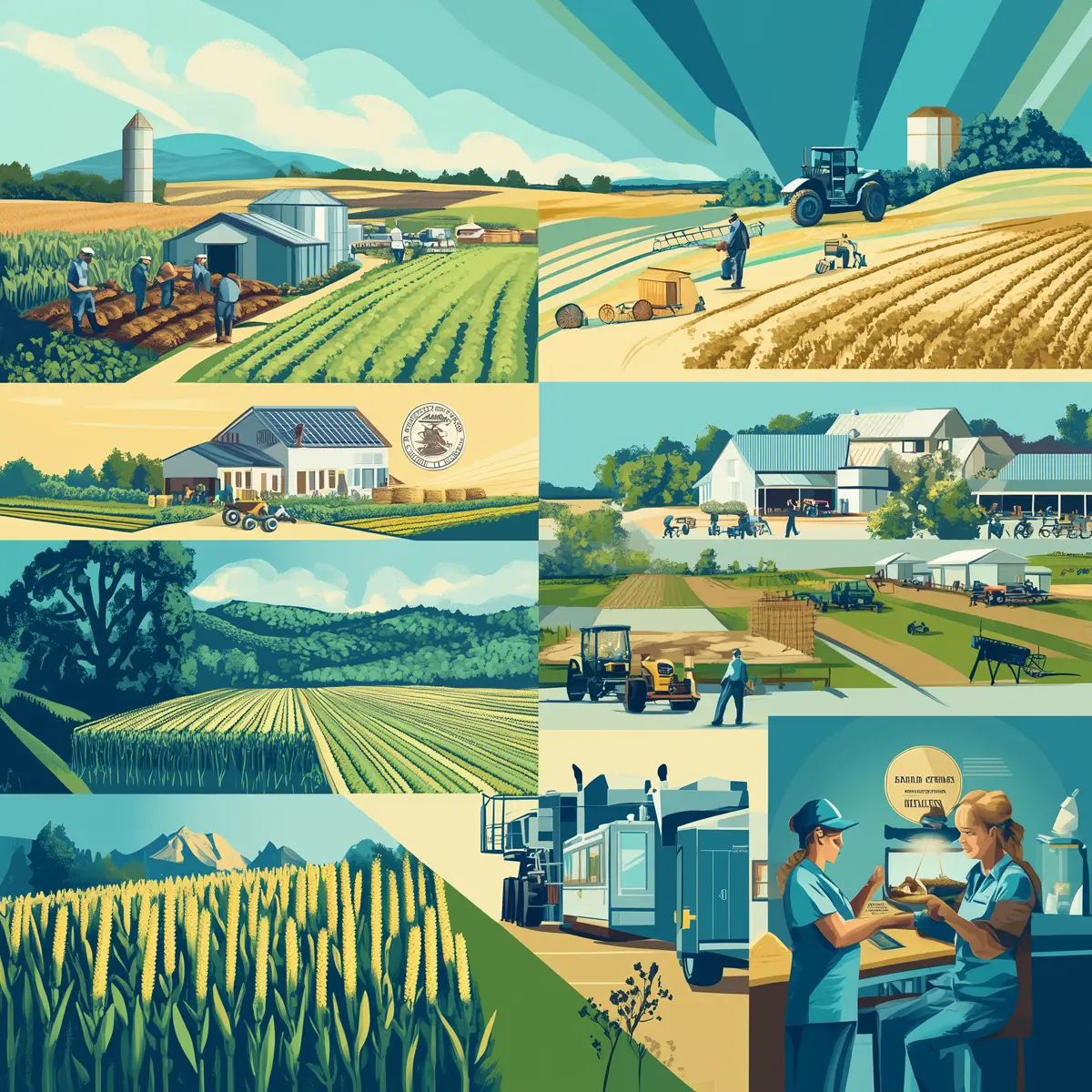 The agriculture project proposal plays an important role in transforming rural areas by addressing the numerous challenges faced in crop production. The proposed solution emphasizes enhancing agricultural productivity through community tree-planting initiatives and sustainable farming techniques. This grassroots effort, characterized by its commitment to environmental sustainability, aims to nurture the local environments while simultaneously promoting economic growth and improving the socio-economic status of indigenous groups.
The agriculture project proposal plays an important role in transforming rural areas by addressing the numerous challenges faced in crop production. The proposed solution emphasizes enhancing agricultural productivity through community tree-planting initiatives and sustainable farming techniques. This grassroots effort, characterized by its commitment to environmental sustainability, aims to nurture the local environments while simultaneously promoting economic growth and improving the socio-economic status of indigenous groups.
Key components of the proposal include the establishment of community-based recycling programs and initiatives aimed at creating a cleaner community. This aligns with the overarching goal of maintaining environmental balance and protecting wetlands. By investing in innovative devices and clean energy transitions, such as solar-powered water pumps, the proposal ensures justice and access to necessary tools for low-income households and coastal communities.
The proposal also incorporates a comprehensive plan for enhancing vocational skill development, targeting unemployed youth, and empowering displaced individuals through skills development and training programs. By offering legal aid and promoting child rights awareness, the project seeks to improve community well-being and foster leadership roles among women, ensuring their active participation in farming project operations and enterprises.
 Furthermore, the proposal outlines approaches to pest control and soil management, employing organic methods to improve soil health and reduce reliance on synthetic chemicals. By using market analysis and understanding current fundraising trends, the proposal aligns with recent years' demands for premium membership and sample proposal strategies that ensure a strong response from potential investors. The funding schedule, supported by government grants and small grants establishing cooperatives, is designed to secure necessary capital and achieve long-term impact and income generation.
Furthermore, the proposal outlines approaches to pest control and soil management, employing organic methods to improve soil health and reduce reliance on synthetic chemicals. By using market analysis and understanding current fundraising trends, the proposal aligns with recent years' demands for premium membership and sample proposal strategies that ensure a strong response from potential investors. The funding schedule, supported by government grants and small grants establishing cooperatives, is designed to secure necessary capital and achieve long-term impact and income generation.
The proposal also highlights the importance of urban and rural communities in the agriculture sector, ensuring that marginalized groups have access to vocational skill development centers and community-based waste management solutions. By focusing on the development of small-scale fisheries and community-based educational programs, the project aims to transcend social boundaries and foster a nurturing environment for future use.
The proposal also helps women to take active roles in crop planning and farm operations. The emphasis on planting and innovative technologies, such as drone-based crop monitoring and AI-driven precision farming, demonstrates a commitment to achieving the project's goals in a changing agricultural landscape.
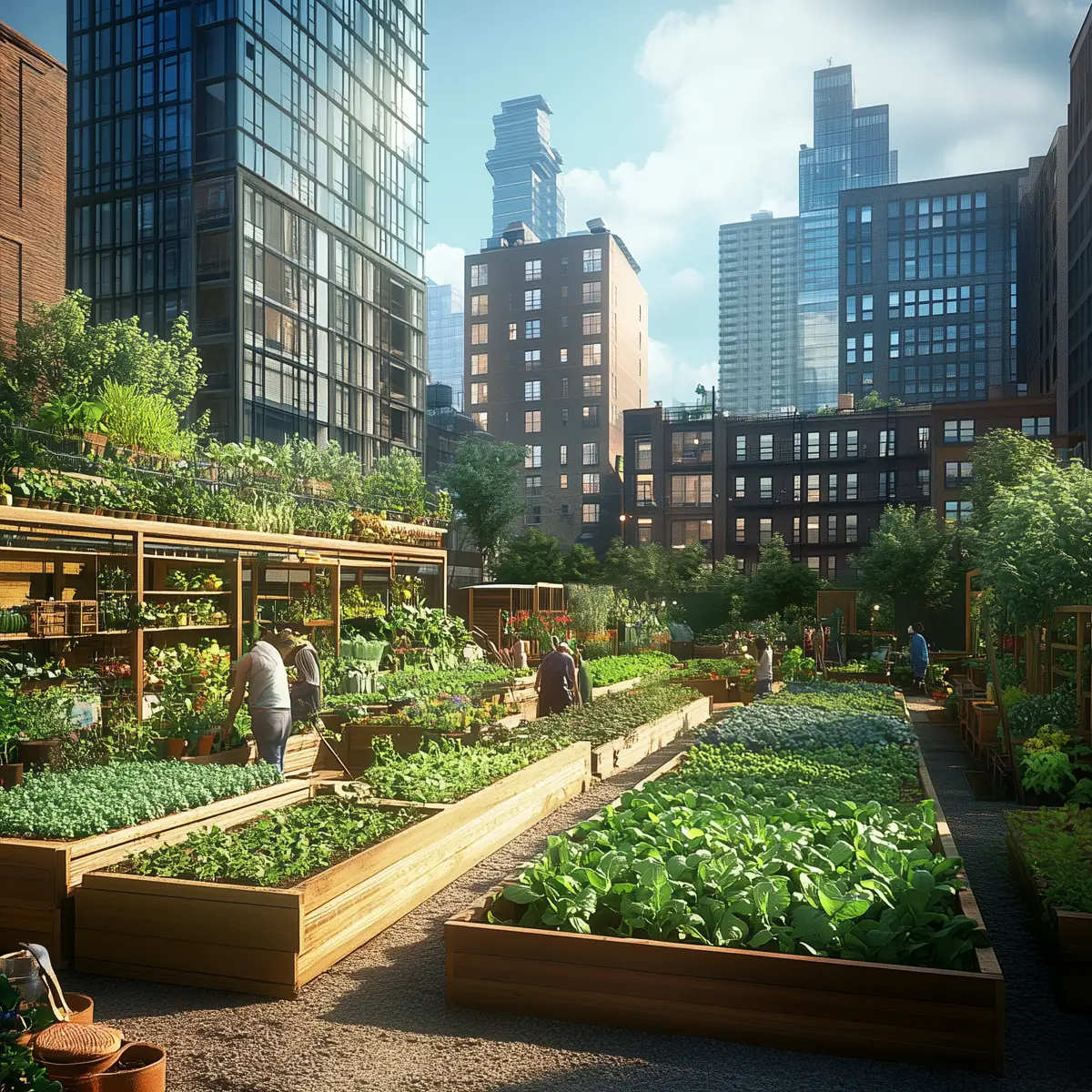 In conclusion, the agriculture project proposal stands as a vital document that advocates for a sustainable solution to modern agricultural challenges. By fostering economic development and environmental stewardship, it aims to create a lasting impact on rural communities, ensuring that the benefits of agricultural productivity and environmental sustainability are shared by all.
In conclusion, the agriculture project proposal stands as a vital document that advocates for a sustainable solution to modern agricultural challenges. By fostering economic development and environmental stewardship, it aims to create a lasting impact on rural communities, ensuring that the benefits of agricultural productivity and environmental sustainability are shared by all.
Frequently Asked Questions
What should be included in a crop production proposal?
A crop production proposal should include several key elements to ensure it is comprehensive and practical. Start with an executive summary that outlines the main goals and objectives. Follow with a detailed description of the crops you plan to cultivate, including varieties and planting schedules. Include a section on the required resources, such as land, equipment, labor, and inputs like seeds and fertilizers. Financial projections should detail costs, expected revenues, and a break-even analysis. Additionally, a risk management plan should be incorporated to address potential challenges and provide a timeline for project milestones. Finally, an environmental impact assessment and sustainability practices can add value to your proposal.
How do I conduct a market analysis for my crop production proposal?
Conducting a market analysis involves researching the demand and supply dynamics for the crops you intend to produce. Start by identifying your target market and understanding consumer needs and preferences. Gather data on current market prices, trends, and seasonal fluctuations. Analyze your competition to understand their strengths and weaknesses and identify any gaps your production could fill. Evaluate the supply chain, including distribution channels and potential buyers, wholesalers, retailers, and direct consumers. Use this information to forecast demand and set realistic sales targets. The market analysis should demonstrate the economic viability of your crop production plan.
What financial details must be included in a crop production proposal?
Your proposal should include a detailed budget outlining all crop production costs, from land preparation to harvesting and marketing. Include estimates for seeds, fertilizers, labor, equipment, and transportation. Provide a cash flow statement to show how funds will be managed throughout the production cycle. Include revenue projections based on anticipated yields and market prices. Highlight your break-even point to show when the project will start generating profit. Additionally, specify the financing requirements and repayment plan if external funding is sought.
How can I incorporate sustainability practices into my crop production proposal?
Your proposal can incorporate sustainability by detailing crop rotation, organic farming, and integrated pest management to maintain soil health and reduce chemical use. Emphasize the use of renewable resources and energy-efficient technologies. Outline water conservation methods like drip irrigation and rainwater harvesting. Discuss the importance of biodiversity and how you plan to protect local ecosystems. Include measures for reducing waste and recycling agricultural by-products. Demonstrating a commitment to sustainability benefits the environment and can make your proposal more attractive to investors and stakeholders.
What are pitfalls to avoid when writing a crop production proposal?
Common pitfalls in writing a crop production proposal include lack of clarity and detail, unrealistic financial projections, and inadequate risk assessment. Avoid being vague in your descriptions; provide specific details for every plan aspect. Ensure your financial projections are based on realistic assumptions and backed by thorough market analysis. Don't underestimate the importance of a risk management plan; identify potential risks such as pests, weather conditions, and market fluctuations, and outline strategies to mitigate them. Another pitfall is failing to tailor the proposal to your audience; ensure it addresses potential investors' or stakeholders' interests and concerns. Lastly, ensure the proposal is well-organized, free of jargon, and professionally presented to make a strong impression.
50% Off Discount
![]() Add To Cart This Word Template
Add To Cart This Word Template
 Add To Cart Proposal Pack for Any Business
Add To Cart Proposal Pack for Any Business
 Add To Cart Proposal Kit Professional
Add To Cart Proposal Kit Professional
 4.7 stars, based on 848 reviews
4.7 stars, based on 848 reviewsProposal Kit chapters used in this template
Cover Letter, Title Page, Table of Contents, Executive Summary, Project Background, Market Demand, Property, Farming, Harvesting, Yield, Sustainability, Implementation Plan, Project Management, Equipment, Job Creation, Workforce, Estimate, Budget, About Us, Back Page
Line Item Automated Chapters
If you purchase a Proposal Pack or the Professional Bundle, these proposal pages are generated using an automated line-item database in the included Wizard software.
Estimate, Implementation Plan, Budget Three Year
You use this proposal for
- General business proposal
- Non-technical proposal
- Non-government grant, non-profit, NGO proposal
- Business plan, loan, investor funding proposal
- Real estate, property proposal
- Nature, environmental proposal
- Food, beverage, catering, grocery proposal
- Agricultural proposal
How to create this template with Proposal Pack Wizard
You can create this document using any of the logo-designed Proposal Packs. Pick any Proposal Pack with a logo design theme you like best; they will all work equally well. The Proposal Pack for Any Business is the pack with no extra added logos or colors - designed to be used plain or for you to customize with your logos and graphics.
The Proposal Pack design theme you purchase will determine the visual look of this template. The screenshot above only shows the plain generic design theme.
We include a library of chapters to be assembled based on your needs. All proposals are different and have different needs and goals. We designed Proposal Pack so you can customize the documents to suit your needs.
You will best create this document using the Proposal Pack Wizard - Expert Edition software to select this template and build it in the Proposal Pack logo design theme of your choice along with any desired customizations (such as adding additional chapters, removing unneeded chapters, changing the order of chapters, and importing your company logo). This template outlines a proposal for the described situation. Each user is responsible for typing in the actual content of the provided pages with their information to complete the proposal. Suggestions in the abstract may include features in higher-end packages and are facilitated by the selection of chapter templates to support the narrative of each proposal, which help guide the user in filling in the details.
The Wizard software's AI Writer will write the content of the pages of the template based on details provided for your company, client, project, financial details and other writing instructions. This will provide a personalized version of the template completely written and ready to edit.
Once finished, the AI Writer's Word-to-PowerPoint converter can transform your proposal, business plan, or other business documents into a PowerPoint slideshow. Save time and effort by letting the AI analyze every chapter to condense its content into talking points, visually matching the document, and providing a consistent package of presentation material with the click of a button.
You create this template using the Wizard software with an entire Proposal Pack library and software. We include the Expert Edition of the software in the Proposal Kit Professional. Microsoft Word for Windows is required to use the customizing software. You can also edit Word document templates in other office software such as Word for Mac. We will assist Mac users in assembling complex templates for their first project if they do not have the required platform to run the Wizard software.
How to Build Templates Featured on Proposal Kit Website
Many people find the Proposal Kit website after searching for a specific proposal. Once you've purchased and installed the software, how do you build that template you found in the first place? This video shows you how to build any proposal you see on the Proposal Kit website.
 Ian Lauder has been helping businesses write their proposals and contracts for two decades. Ian is the owner and founder of Proposal Kit, one of the original sources of business proposal and contract software products started in 1997.
Ian Lauder has been helping businesses write their proposals and contracts for two decades. Ian is the owner and founder of Proposal Kit, one of the original sources of business proposal and contract software products started in 1997.By Ian Lauder
 Published by Proposal Kit, Inc.
Published by Proposal Kit, Inc.


 Cart
Cart
 Get 50% off ordering today:
Get 50% off ordering today: 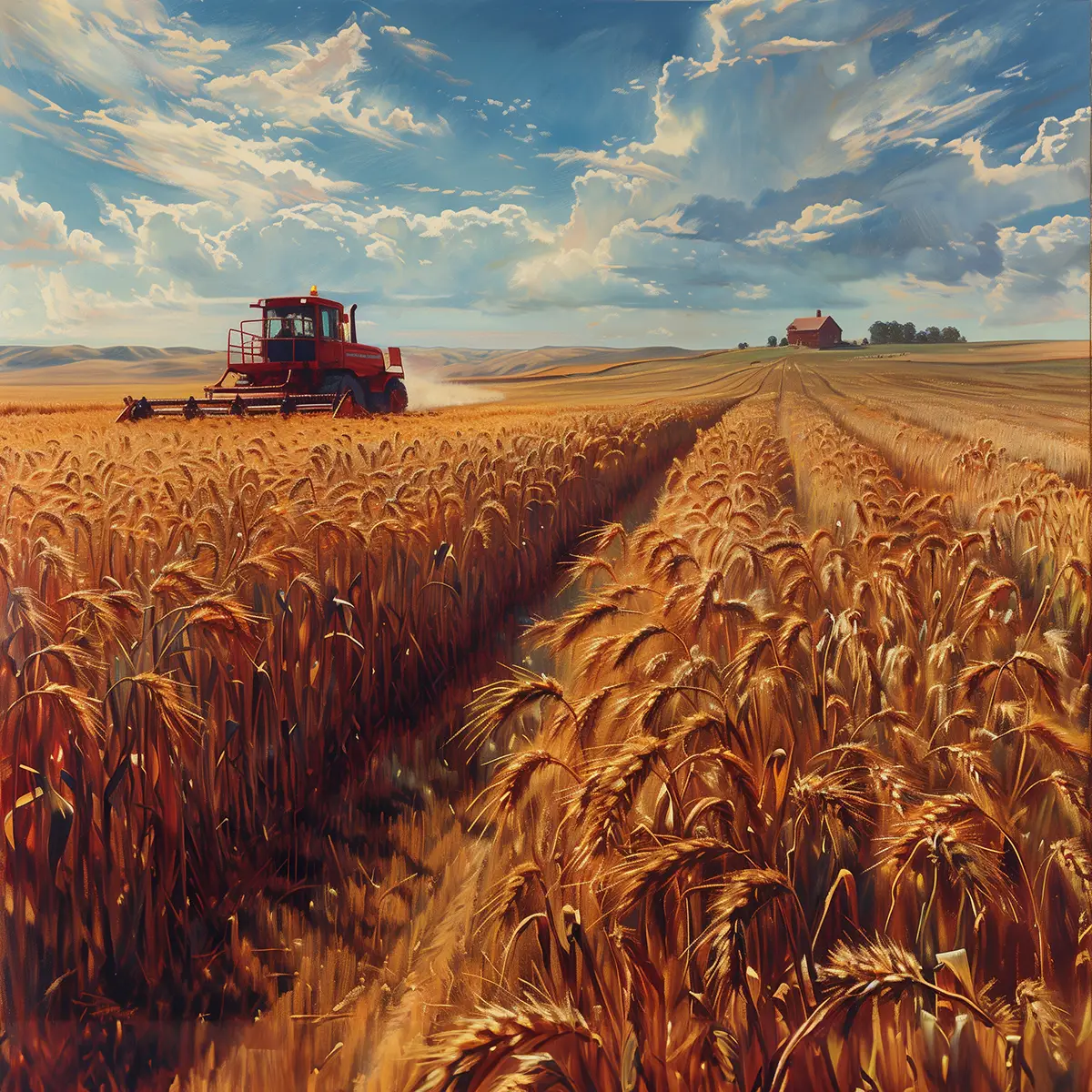
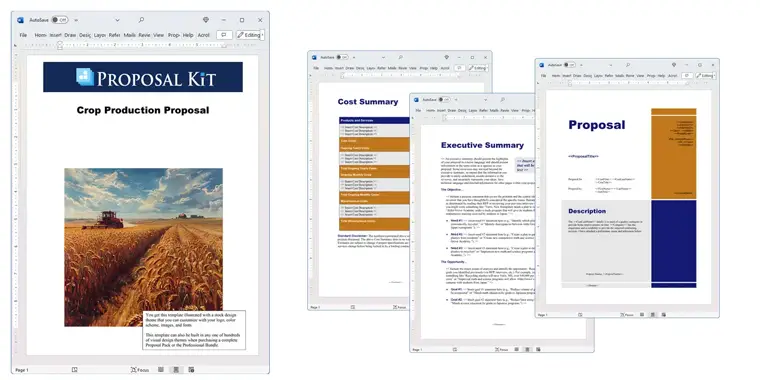

 Facebook
Facebook YouTube
YouTube Bluesky
Bluesky Search Site
Search Site